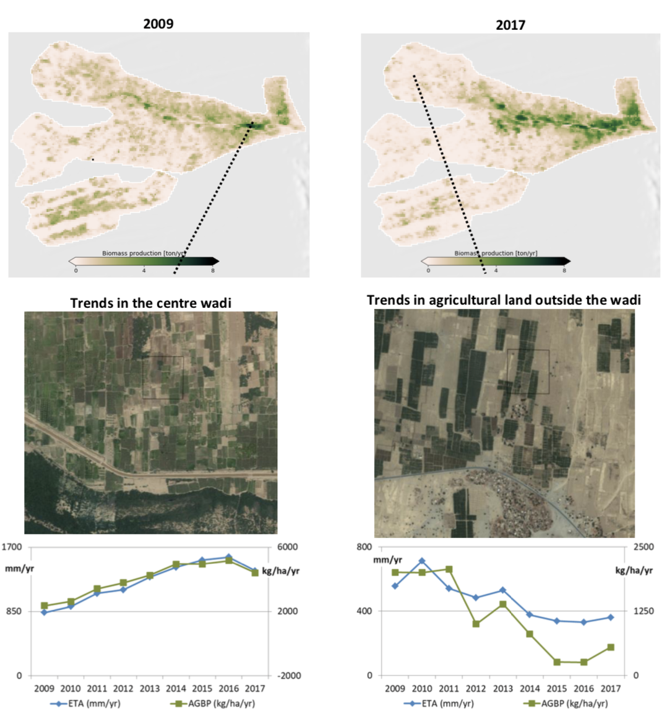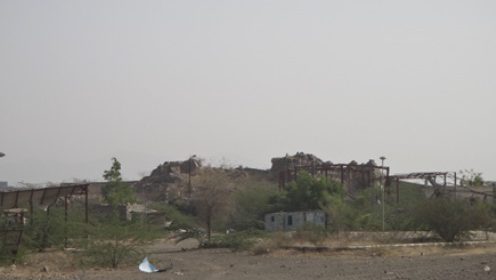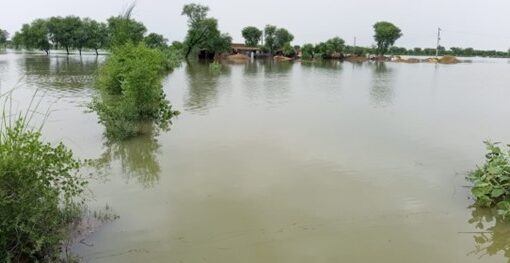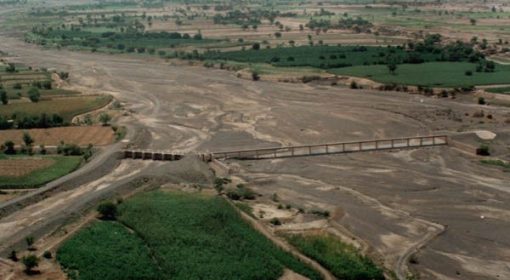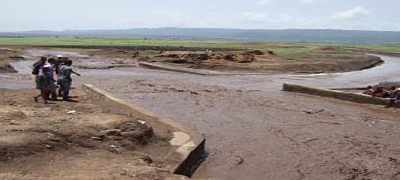By Sharafaddin Saleh, Adel Zolail and Frank van Steenbergen
July 16, 2019
Sad message from the Tihama, the coastal lowland in Yemen that one time (not so long ago) was the food and fodder basket of the country. As a result of the war, most of infrastructure of these flood-based ‘spate’ irrigation systems deteriorated either directly or indirectly. As an example, the buildings and earthmoving equipment of the Tihama Development Authority, the agency responsible for the operation and maintenance of these spate irrigation systems, were damaged by military strikes, including field camps and the earthmoving equipment.
The damage was more than the destruction of earth moving equipment. It was the destruction of a water system. In spate irrigation system the silt loads of water are high – in the end is flood water which is used and high sediment levels are part of the story. In normal circumstances this silt is a blessing even. It brings free fertility to the soil and is the basis of centuries long organic productivity in ten thousand hectares of land.
Not so in times of war. When the systems are not maintained – either by the Authority or by Water Users Association (as things are too dangerous) and the silt is not removed from the canals, these same canals get blocked. Not only that – they get encroached my mesquite, the green scourge (see a blog in this here). Mesquite or prosopis juliflora is an invasive species that at one time was introduced to stabilize sand dunes with the help of its water searching deep root systems. Wherever introduced in semi-arid area it soon got out of hand, encroaching natural water courses and also the channels of spate irrigation systems. The only remedy is constant care. This did not happen in Yemen and so the green scourge has also entered what was once the Tihama food basket. The result is that water no longer reaches the tail of the canals and that the farming area has dramatically shrunk – as can be seen from this remote sensing analysis. Production is down to 40% of what it once was productive land is now the abode of hyenas and other dangerous animals.
One massive very hard hit and for no humanly defendable reason at all: war is horrible as it is but according to the Geneva War Conventions one is not supposed to target water installation.
Above ground biomass production in 2009 and 2017 with trends in the wadi and in agricultural land outside the wadi
(Klaasse, A. & Jacobs, C. (2018). Agriculture in yemen today and implications of climate change for the future.)
If livelihoods and national food security is to be restored in Yemen, rebuilding the Tihama is a top priority. Maybe it is possible to even build it back better – introducing new crops much needed in Yemen, higher yielding sorghum, oil seeds, pulses, even some vegetables and also introducing better systems of water distribution – letting water run over a large areas so that the flood water recharges wells for a large population that depend on these.
{jcomments on}

